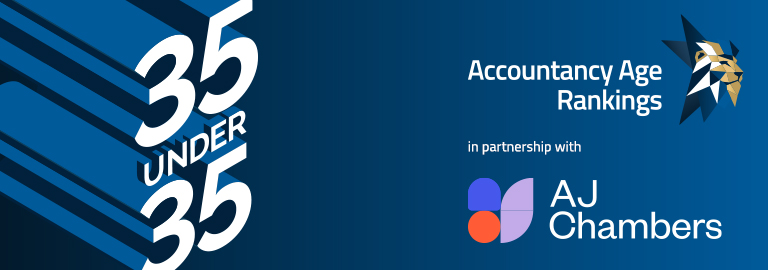UK tax authorities expect nearly three million individuals to be brought within the scope of Making Tax Digital (MTD) for income tax over the next three years, according to HMRC’s latest figures.
The estimates, compiled from self-assessment returns for 2023/24, highlight the scale of change facing self-employed individuals and landlords as the government transitions to digital record-keeping and quarterly reporting.

For the 2024/25 tax year, 864,000 individuals with qualifying income over £50,000 will need to comply from April 2026.
A further 1,077,000 taxpayers with income between £30,000 and £50,000 will be included in April 2027, and 975,000 with income of £20,000 to £30,000 will join in April 2028.
In total, 2,916,000 taxpayers—roughly 42% of those with self-employment or property income within income tax self-assessment—are expected to be in scope.
The majority of in-scope taxpayers are self-employed, with 2,353,000 individuals (81%) relying on business income alone or combined with rental income.
Landlords without self-employment income, numbering 563,000, will generally be incorporated into the scheme at a slower pace, with nearly half entering in 2028.
Agent representation plays a significant role in adoption. Around 65% of taxpayers expected to be in scope are represented by an authorised agent.
Those without agents—approximately 1,018,000—present a greater challenge for HMRC, as 83% of unrepresented taxpayers do not currently use software tools to file their self-assessment returns.
For higher-income taxpayers with agents, software adoption is higher, with 78% using commercial tools to submit returns, compared with only 21% of those without representation.
The figures underscore the operational challenges HMRC faces in preparing taxpayers for the digital transition. In addition to software adoption, education on quarterly record-keeping and end-of-year digital submissions will be essential, particularly for the 217,000 unrepresented individuals entering MTD from April 2026.
Overall, HMRC reported that 12,026,540 self-assessment tax returns were submitted for 2023/24, leaving roughly 9.1 million taxpayers outside MTD requirements.
This group includes more than 4 million self-employed or property income earners who will not be obliged to adopt the system, highlighting the need to balance digitalisation efforts with support for all taxpayers.
The phased implementation is designed to give smaller taxpayers and landlords time to prepare, while also ensuring that software adoption scales appropriately with business complexity.
HMRC and industry bodies such as ICAEW emphasise that voluntary uptake is encouraged for those outside scope, providing early familiarity with digital processes ahead of mandatory compliance.

